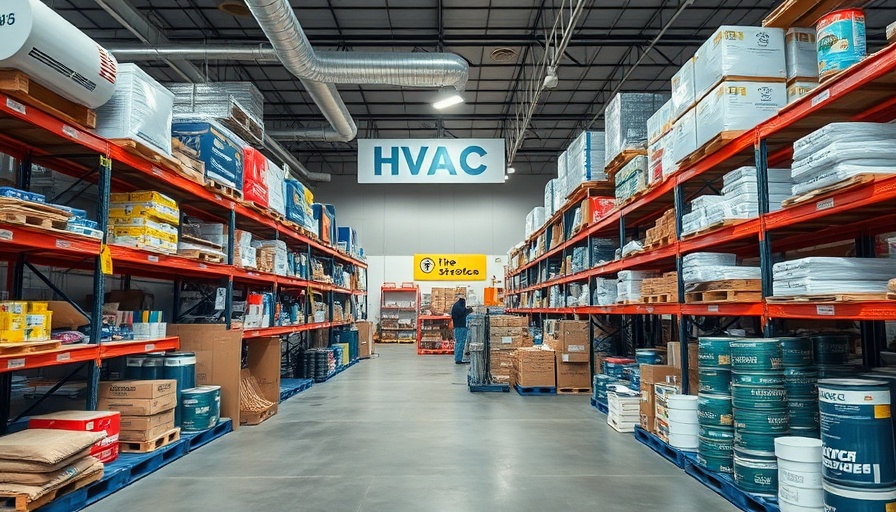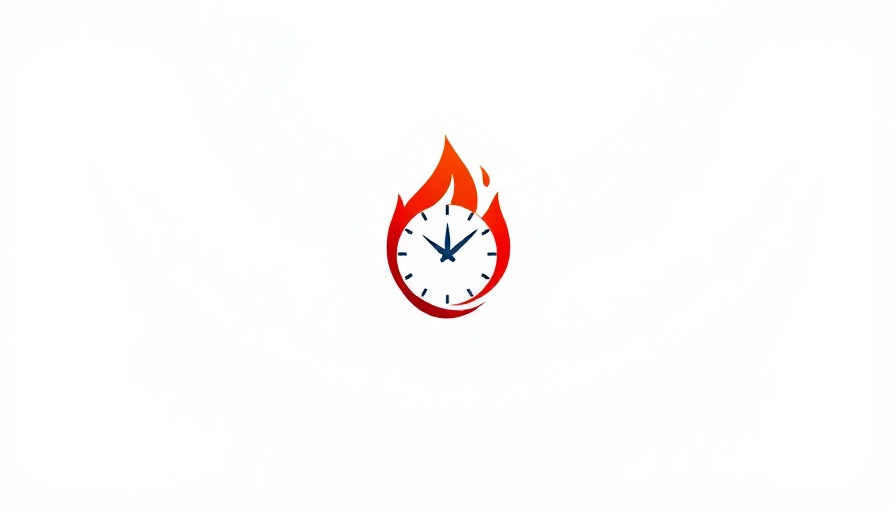
Supply Chain Challenges in HVAC Distribution
The HVAC industry is currently grappling with significant disruptions, particularly due to shortages of R-454B refrigerant, which is critical in many modern cooling systems. Homeowners and business owners alike should be aware of how these shortages might impact their HVAC systems, from installation timelines to potential changes in maintenance practices.
Understanding A2L Refrigerant Standards
Alongside R-454B shortages, the introduction of A2L refrigerants, which are mildly flammable, is reshaping how HVAC distributors manage their products. A2L classifications mean that distributors must now adjust their warehouses and systems to comply with new safety regulations, ensuring safe storage and handling. This could lead to changes in the availability of certain HVAC systems and components, affecting choices for new installations or repairs.
Adapting Warehouse Strategies
In response to these challenges, HVAC distributors are reevaluating their warehousing strategies. With the need for safer storage practices, many are investing in new technologies for better inventory management. This could potentially reduce lead times for homeowners looking to repair or upgrade their systems while ensuring that they are compliant with evolving safety standards.
What Homeowners Should Know
For homeowners, it's essential to stay informed about the types of refrigerants used in HVAC systems. Understanding the implications of the A2L designation can help in making informed decisions regarding system purchases or upgrades. It’s also wise to compare brands and seek recommendations on manufacturers noted for quality and reliability, such as Lennox and others.
The Role of Energy Efficiency
Investing in HVAC systems that use environmentally friendly refrigerants like R-454B not only helps in reducing carbon footprints but can also lead to significant energy savings. As you search for the best HVAC systems on the market, consider how newer models that comply with updated standards may contribute to long-term savings through improved efficiency.
Future Trends and Opportunities
Looking ahead, the HVAC industry is likely to see increased innovation driven by the dual pressures of regulatory compliance and consumer demand for sustainable options. Homeowners should be prepared to engage with the latest technology trends that could impact the way they manage their HVAC systems, including the use of smart technologies to regulate usage and improve energy efficiency.
Understanding these dynamics will empower homeowners, property managers, and business owners to navigate the current market effectively. Moreover, being proactive in seeking efficient solutions today will not only enhance comfort but also contribute to broader energy conservation efforts.
 Add Row
Add Row  Add
Add 




Write A Comment